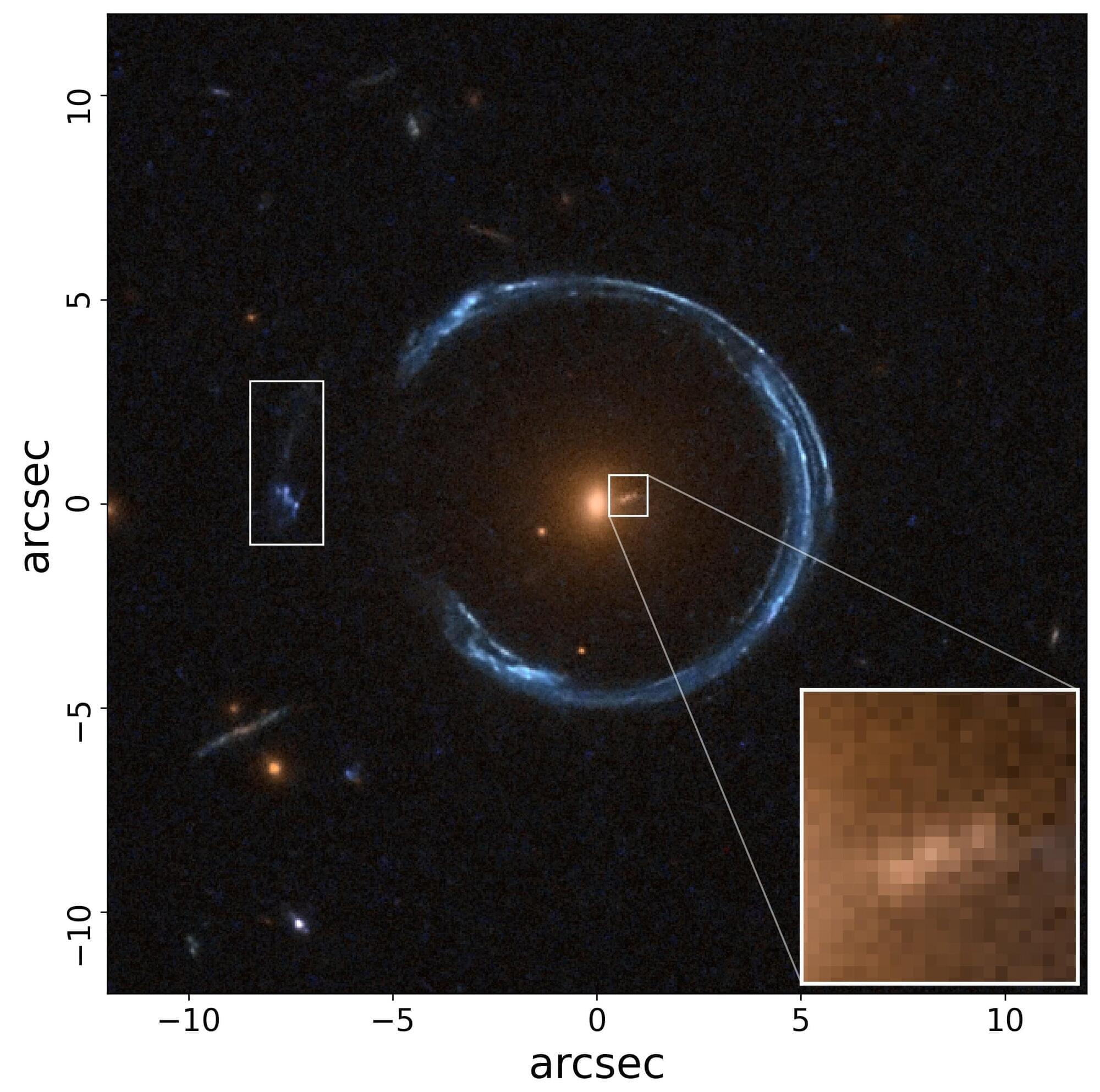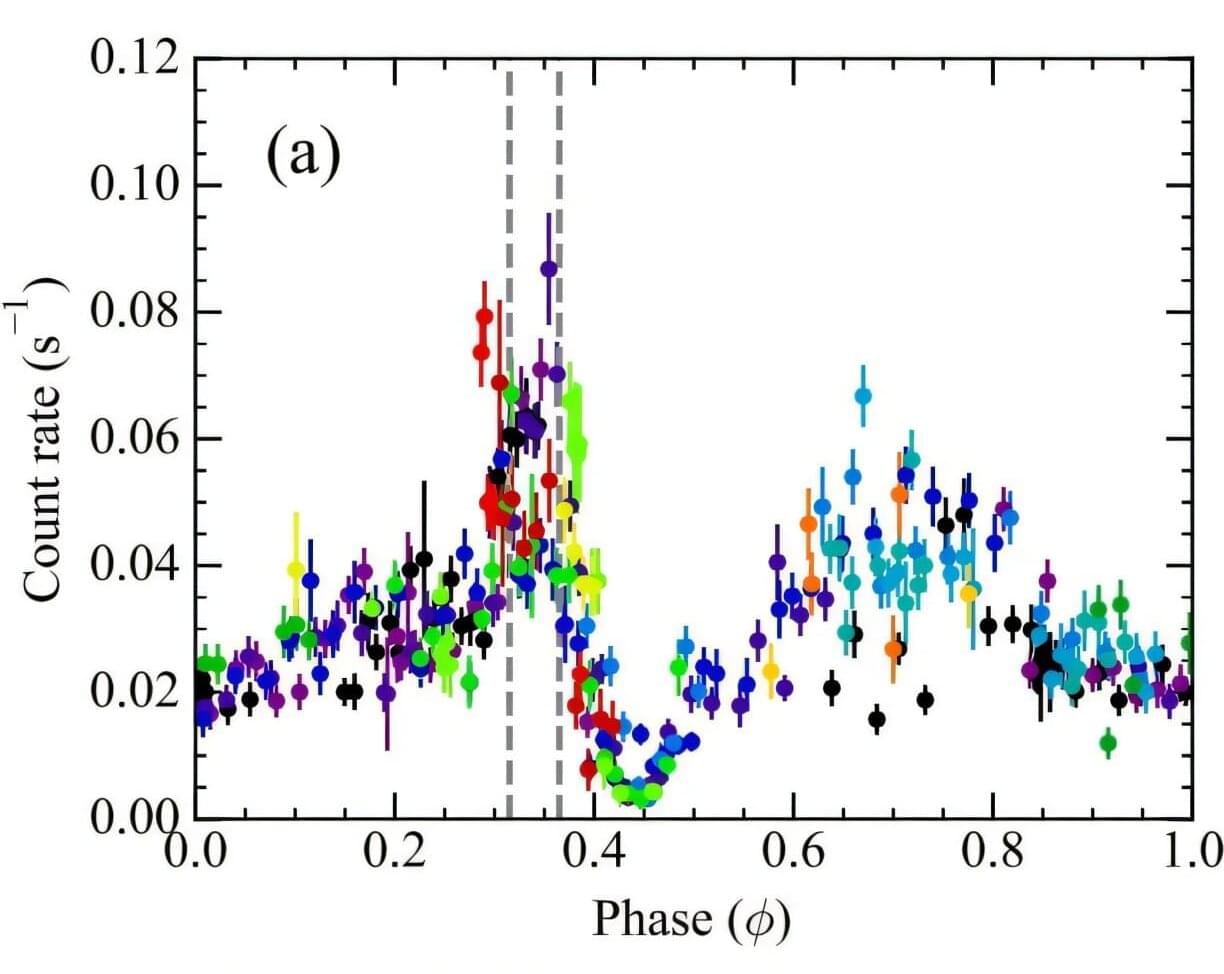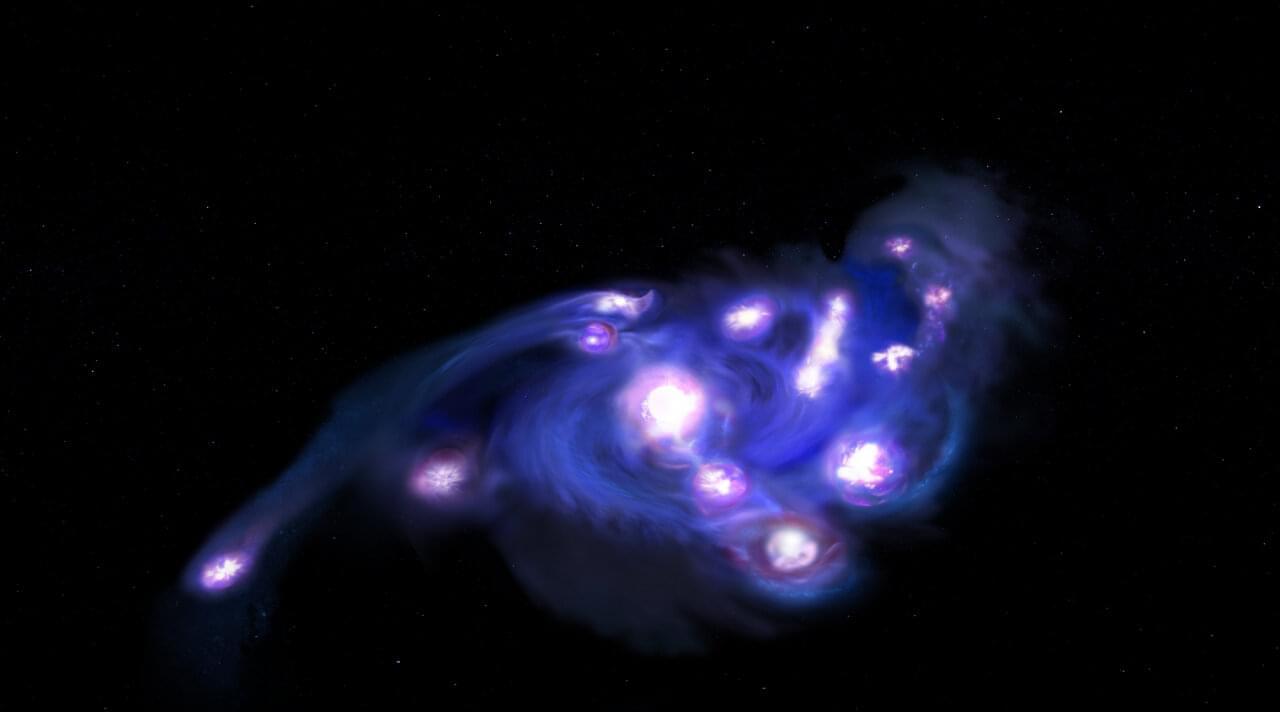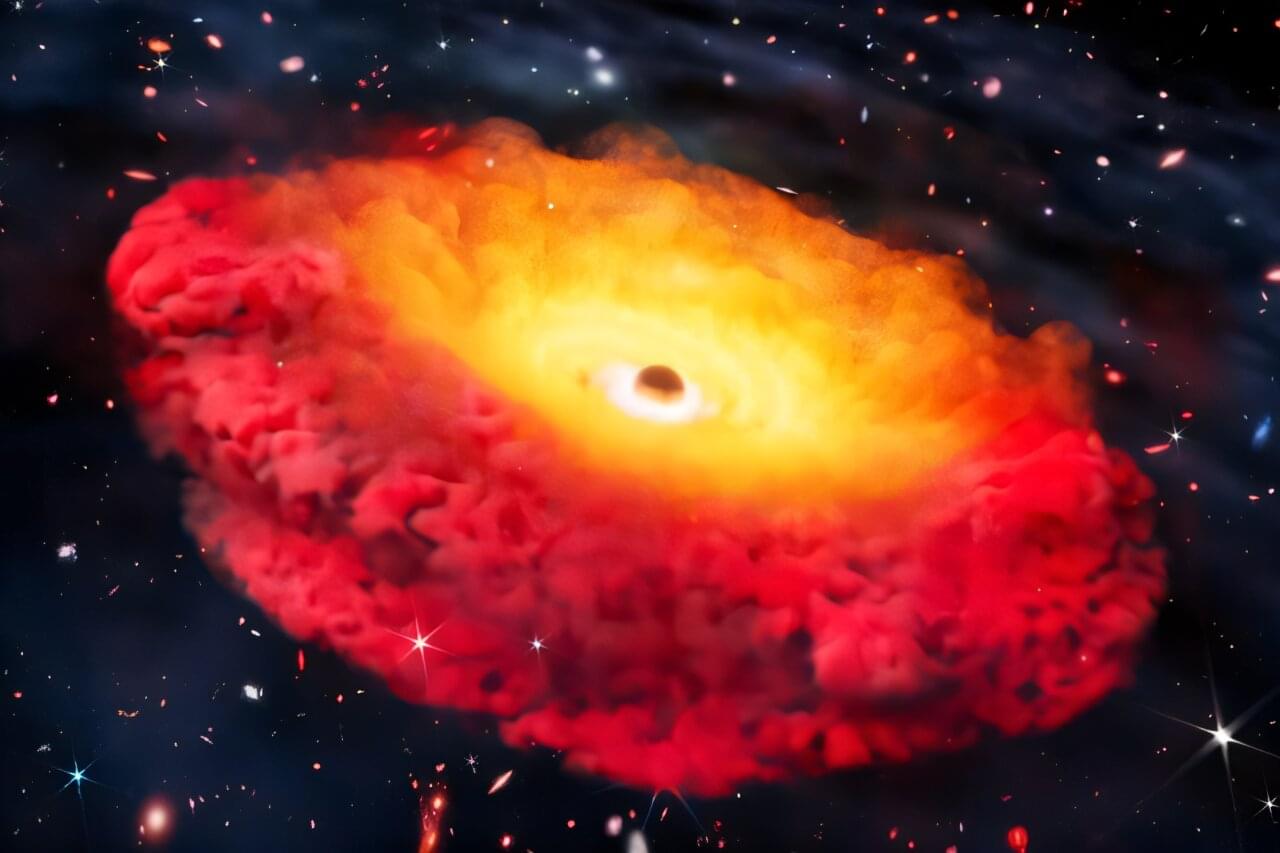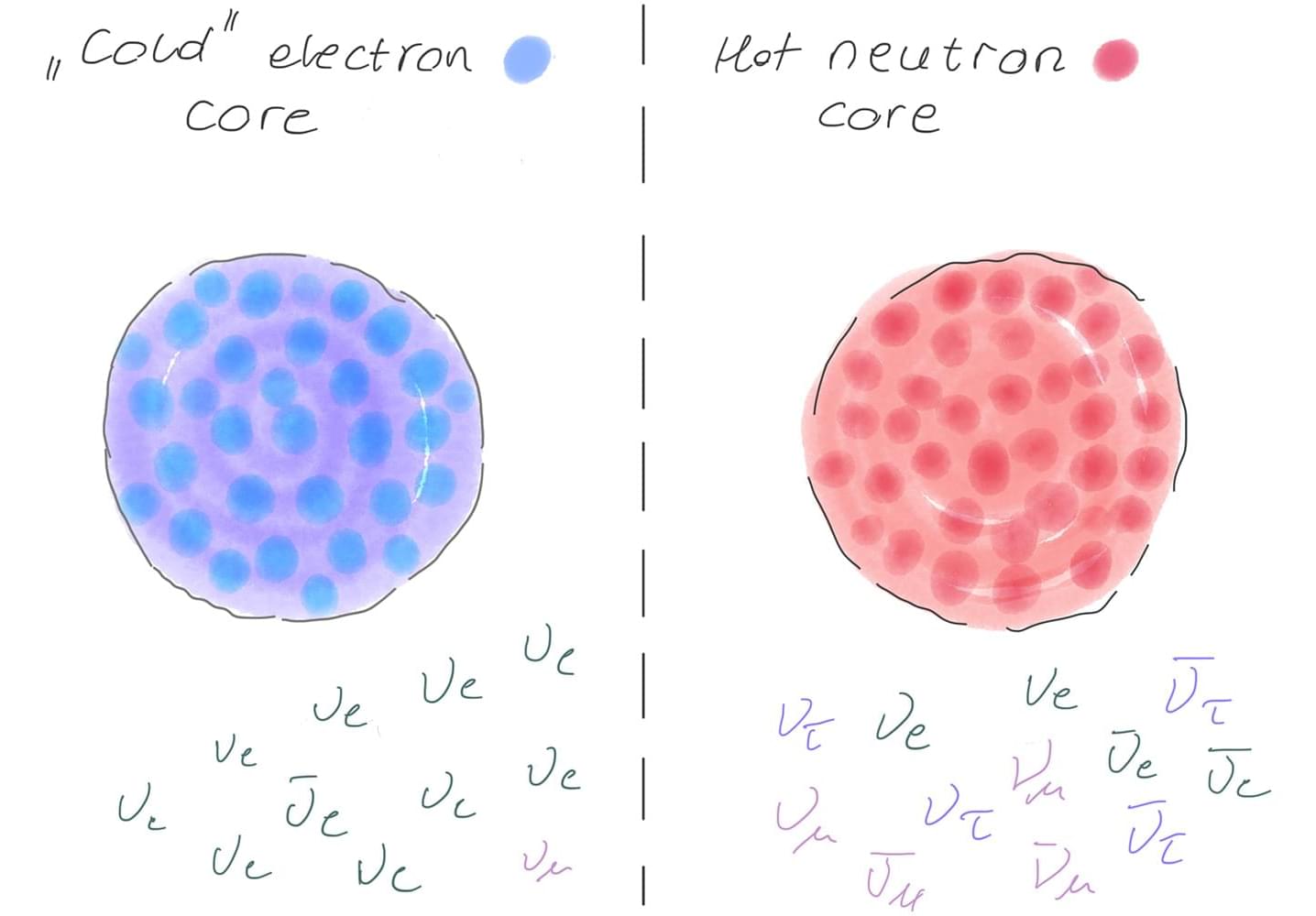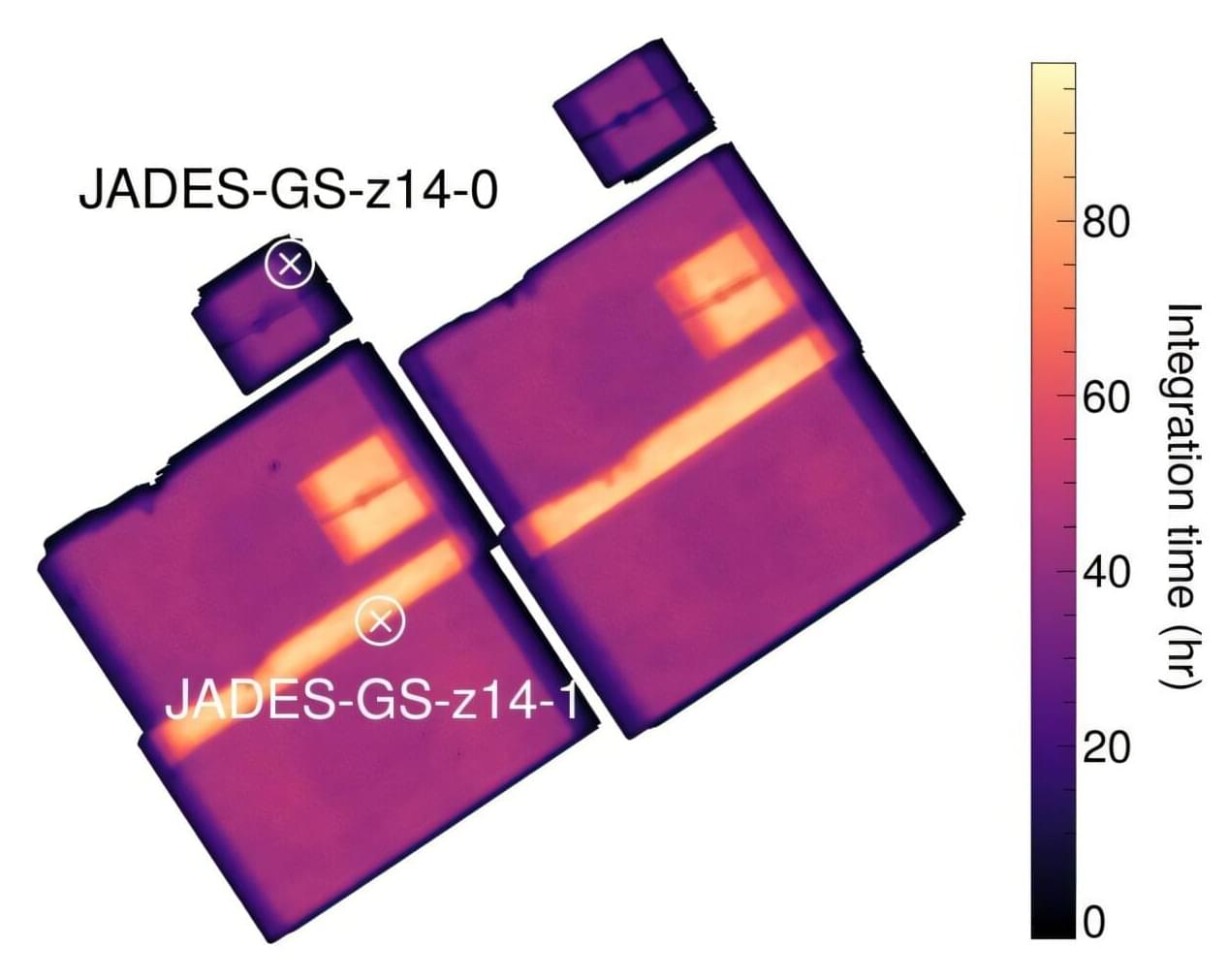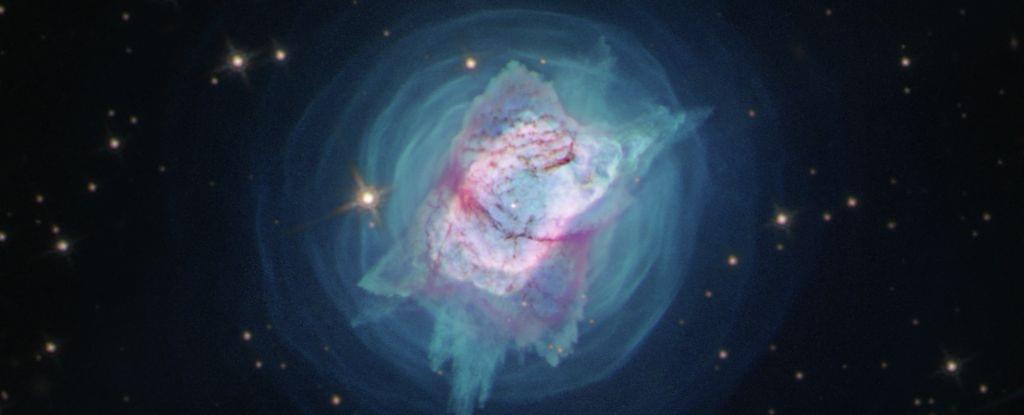Use my code SABINE at https://displate.com/@sabine get 1 Displates for 23% off & 2–3 Displates for 27% off, and 4 or more for Displates for 33% off!
(*Not applicable on Lumino, Textra and Limited Edition).
Gravitational memory is the idea that gravity’s ability to duplicate information from other forces should somehow store that information in certain masses. A group of physicists has now published a series of papers claiming that this idea might solve the black hole information loss problem and explain dark matter. Really? Let’s take a look.
🤓 Check out my new quiz app ➜ http://quizwithit.com/
📚 Buy my book ➜ https://amzn.to/3HSAWJW
💌 Support me on Donorbox ➜ https://donorbox.org/swtg.
📝 Transcripts and written news on Substack ➜ https://sciencewtg.substack.com/
👉 Transcript with links to references on Patreon ➜ https://www.patreon.com/Sabine.
📩 Free weekly science newsletter ➜ https://sabinehossenfelder.com/newsletter/
👂 Audio only podcast ➜ https://open.spotify.com/show/0MkNfXlKnMPEUMEeKQYmYC
🔗 Join this channel to get access to perks ➜
https://www.youtube.com/channel/UC1yNl2E66ZzKApQdRuTQ4tw/join.
#science #sciencenews #physics #gravity
